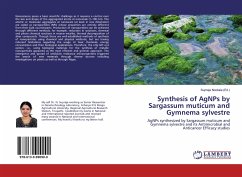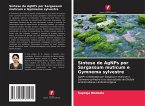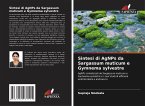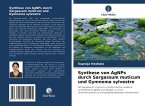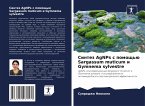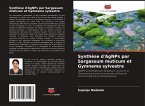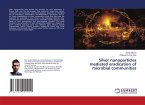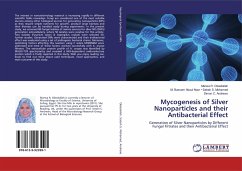Nanoscience poses a basic scientific challenge as it requires a control over the size and shape of the aggregated atoms at nanoscale (1-100 nm). The atomic or molecular aggregates at nanoscale (at least in one dimension) are called as nanoparticles (NPs) whose properties are entirely different from their bulk counterparts. Production of nanoparticles can be achieved through different methods, for example, reduction in solutions, chemical and photo chemical reactions in reverse micelles, thermal decomposition of silver compounds. Though there are well-established methods of synthesis of nanoparticles using chemical and physical methods, but are having inherent limitations regarding the usage of toxic chemicals, energy consumption and their biological applications. Therefore, the only left out option, i.e., using biological materials for the synthesis of metallic nanoparticles appeared as the most efficient and greener approach. The emergence and spread of antibiotic resistance microorganisms triggered the search of new materials through diverse sources including investigations on plants as well as through Algae.
Bitte wählen Sie Ihr Anliegen aus.
Rechnungen
Retourenschein anfordern
Bestellstatus
Storno

